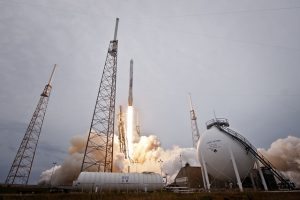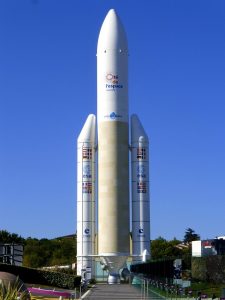10 Key Steps for High School Students to Launch into Aerospace Engineering Studies
To embark on a successful career in aerospace engineering, one must develop a strong foundation in m…….
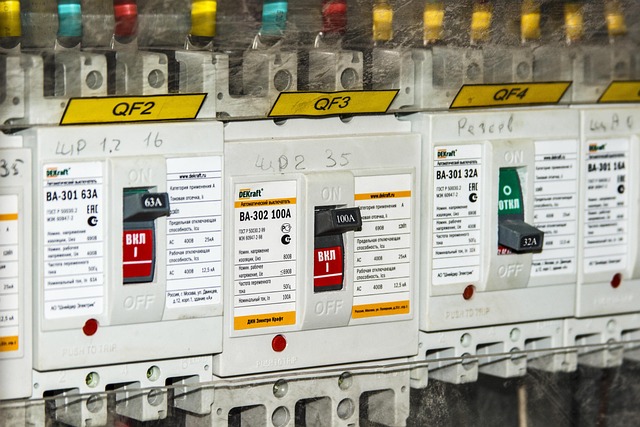
To embark on a successful career in aerospace engineering, one must develop a strong foundation in mathematics with an emphasis on calculus and differential equations, as well as key principles of physics such as thermodynamics, fluid dynamics, and classical mechanics. A solid grasp of computational skills through programming languages like Python or MATLAB is essential for data analysis, simulations, and algorithm development within the field. High school students should take advanced mathematics and physics courses, engage with computer-aided design (CAD) software, and explore programming to lay a groundwork that will facilitate their transition into university-level studies. Practical experience through clubs, competitions, and hands-on projects is invaluable for applying theoretical knowledge to real-world challenges. Networking within these groups can lead to mentorships, internships, and future job opportunities. A comprehensive understanding of the engineering design process, including problem definition, solution exploration, modeling, prototyping, testing, and refinement, is crucial. Reflecting on aerospace history for inspiration and engaging with both theoretical and practical aspects of aeronautics and astronautics will prepare aspiring engineers to navigate the complexities of flight and space exploration effectively.
Embark on a journey through the realm of aerospace engineering with our comprehensive guide designed to lay a robust foundation for your academic pursuits. This article navigates the essential steps, from mastering mathematics and physics to gaining proficiency in programming, ensuring you’re well-equipped before your university experience begins. Whether you’re a high school student considering aerospace as a future path or an aspiring engineer eager to delve into aeronautics and astronautics, this guide serves as a vital roadmap to success. We explore pivotal topics, from engineering design processes to industry trends, arming you with the knowledge and resources necessary to thrive in this dynamic field. As you prepare to take flight in your aerospace studies, harness the power of online platforms for supplemental learning, and cultivate problem-solving and critical thinking abilities that will set you apart as a future engineer.
- Master Mathematics and Physics Foundations
- Excel in Calculus and Differential Equations
- Gain Proficiency in Programming and Computational Skills
- Explore Aerospace-Specific Subjects Early
- Engage with Aerospace Clubs and Competitions
- Understand Engineering Design Processes
- Acquire Familiarity with Aeronautics and Astronautics Basics
Master Mathematics and Physics Foundations
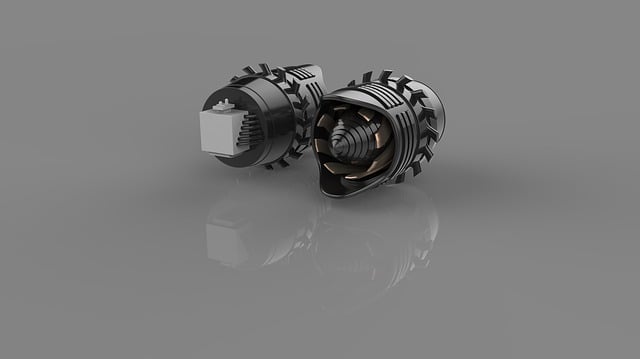
To embark on a successful journey into aerospace engineering, one must lay a robust mathematical and physics foundation. Mathematics is the language through which engineers describe and solve problems in the world of flight and space exploration. Courses such as calculus, differential equations, linear algebra, and statistics are pivotal, as they underpin the analysis and design aspects of aerospace systems. Proficiency in these areas will enable you to tackle complex concepts like orbital mechanics, aerodynamics, and control systems with greater ease.
Similarly, physics is integral to understanding the principles that govern motion and forces, both on Earth and in outer space. A solid grasp of classical mechanics, thermodynamics, and fluid dynamics is essential, as these subjects form the bedrock of aerospace engineering. Engage with texts and problems that challenge your understanding, and seek out resources that offer practical applications of physics in real-world scenarios within the field. By honing your mathematical and physics skills before starting your degree, you will be better prepared to absorb and apply new concepts and contribute effectively to advancements in aerospace technology.
Excel in Calculus and Differential Equations
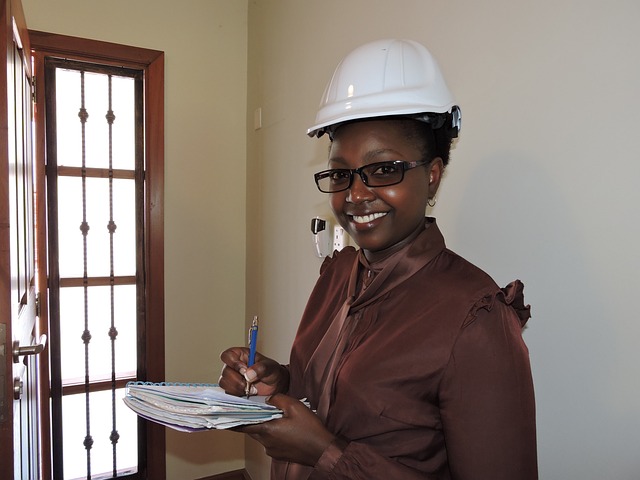
As you embark on the journey to pursue aerospace engineering, laying a solid foundation in mathematics, particularly calculus and differential equations, is paramount. These subjects are the backbone of many aerospace concepts and models, providing the tools to analyze and solve complex problems involving motion, forces, and energy. Calculus underpins the principles of flight dynamics, orbital mechanics, and control systems, enabling you to understand how aircraft and spacecraft behave under various conditions. Differential equations come into play when modeling these behaviors mathematically, allowing for precise predictions and design optimizations. To excel in these areas, engage with textbooks that are geared towards engineering applications, supplement your studies with online resources or tutorials specifically tailored to aerospace problems, and tackle as many real-world problems as possible. Additionally, seeking guidance from teachers or tutors who have experience in aerospace can provide valuable insights into how these mathematical tools are applied in the field. By mastering calculus and differential equations, you will be well-equipped to navigate the complexities of aerospace engineering and contribute to innovative solutions in aviation and space exploration.
To complement your mathematical expertise, familiarize yourself with key physics principles, especially those related to thermodynamics, fluid mechanics, and electromagnetism. These subjects are closely intertwined with aerospace applications, from the propulsion systems of rockets to the aerodynamic design of wings. Utilize resources such as online courses, simulations, and hands-on experiments to deepen your understanding of these areas. Engaging with relevant software like MATLAB or CAD programs will also be beneficial, as they are commonly used in aerospace engineering for modeling, analysis, and design tasks. By combining strong mathematical skills with a solid grasp of fundamental physics concepts and proficiency in relevant software, you’ll create a robust foundation to build upon once you start your aerospace engineering degree program.
Gain Proficiency in Programming and Computational Skills
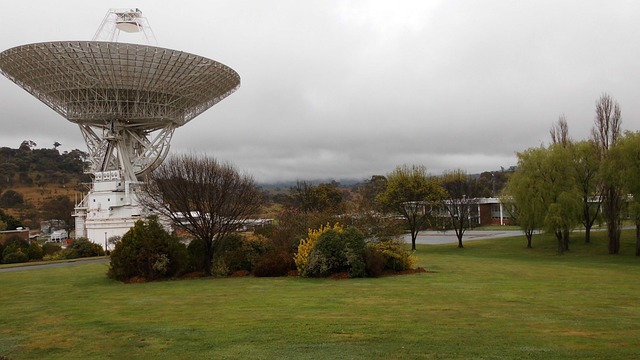
To successfully navigate the rigorous field of aerospace engineering, laying a solid foundation in programming and computational skills is paramount. These competencies are not just integral for understanding complex mathematical models and simulations but also for real-world applications such as flight dynamics, trajectory analysis, and spacecraft design. Before embarking on your aerospace engineering journey, it’s advantageous to gain proficiency in languages like Python or MATLAB, which are widely used in the industry. These tools enable you to perform data analysis, numerical computations, and algorithm development, critical for solving aerodynamic problems and optimizing system performance. Additionally, familiarize yourself with software such as CAD (Computer-Aided Design) for creating accurate designs of aircraft and space vehicles, and HFSS (High-Frequency Structure Simulator) for electromagnetic modeling if your focus includes radio frequency engineering aspects. By mastering these skills through practice and coursework, you’ll be better equipped to tackle the complexities of aerospace problems during your university studies, setting the stage for a successful career in this dynamic field.
Explore Aerospace-Specific Subjects Early
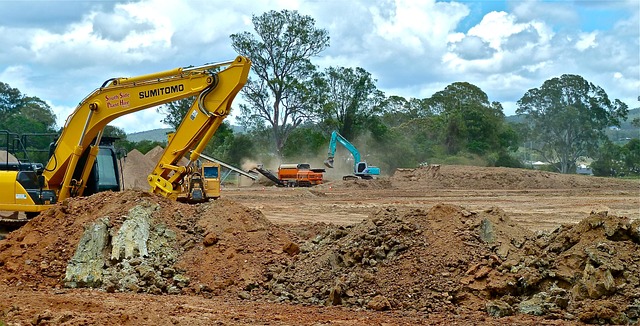
To adeptly navigate the rigorous demands of aerospace engineering, it’s advantageous to acquaint oneself with aerospace-specific subjects early in one’s academic journey. High school students can lay a solid foundation by taking advanced mathematics and physics courses, as these are the cornerstones of engineering principles. Delving into subjects such as fluid dynamics, thermodynamics, and basic principles of orbital mechanics can provide a head start. Additionally, exposure to computer-aided design (CAD) software and programming languages like Python or MATLAB will be invaluable tools in understanding the practical applications of theoretical concepts.
Furthermore, engaging with extracurricular activities that align with aerospace engineering, such as model rocketry, robotics clubs, or science fairs, can offer hands-on experience and a deeper appreciation for the field. Aspiring students should also seek out resources like online courses, summer camps specializing in STEM (Science, Technology, Engineering, and Mathematics), and open educational platforms that offer introductory material to aerospace topics. These resources can help bridge gaps between high school learning and university-level studies, ensuring a smoother transition into aerospace engineering degree programs.
Engage with Aerospace Clubs and Competitions
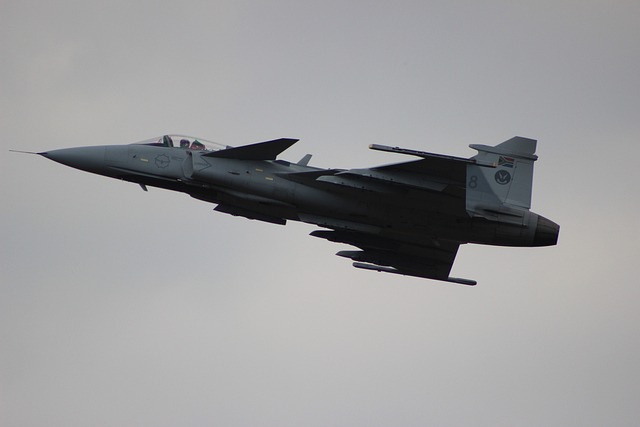
To truly immerse yourself in the aerospace engineering field, actively engaging with aerospace clubs and competitions is highly beneficial. These extracurricular activities provide a hands-on approach to learning, allowing you to apply theoretical knowledge in practical scenarios. Aerospace clubs often host workshops, guest lectures, and collaborative projects that can enhance your understanding of aerodynamics, propulsion systems, and spacecraft design. They also offer opportunities to work on real-world challenges, simulating the kind of problem-solving you’ll encounter in your future career. Participating in competitions like those organized by AIAA (American Institute of Aeronautics and Astronautics) or Rocketry: The Game can sharpen your skills, foster teamwork, and give you a competitive edge. These experiences are not just about building rockets or designing aircraft; they’re about learning to think critically, innovate, and communicate effectively with both peers and industry professionals. Engaging in these clubs and competitions will also help you build a network within the aerospace community, which can be invaluable for mentorship, internships, and job opportunities post-graduation.
Furthermore, these clubs and competitions are gateways to exposure in various aerospace domains, from commercial aviation to space exploration. They often provide access to resources such as CAD software, flight simulators, and even manufacturing tools that are essential for the field. By participating, you’ll have the chance to collaborate with like-minded individuals who share your passion for aerospace. This shared enthusiasm can lead to lifelong friendships and professional connections. It’s through these experiences that you’ll begin to understand the multidisciplinary nature of aerospace engineering and its intersection with other fields like computer science, physics, and materials science. Engaging with aerospace clubs and competitions is a proactive step towards preparing for your degree and future career in this exciting and dynamic industry.
Understand Engineering Design Processes
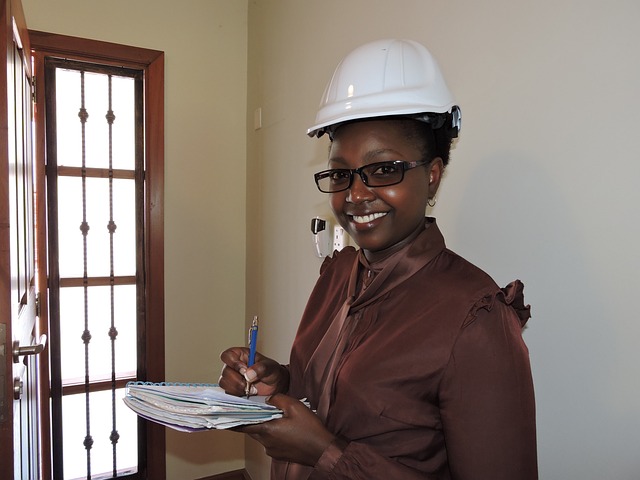
To lay a solid foundation for your future in aerospace engineering, acquainting yourself with the principles and iterative nature of the engineering design process is paramount. This process involves defining the problem, researching and conceptualizing potential solutions, modeling and simulating these solutions, building prototypes, testing the designs, and refining them based on feedback. Familiarity with this cycle will enable you to approach complex aerospace problems systematically and creatively. It’s not just about understanding the steps but also appreciating how they interconnect and inform each other throughout the design process.
In parallel with grasping the design process, it’s beneficial to cultivate a strong background in mathematics and physics as early as possible. These subjects provide the theoretical underpinnings for many of the concepts you will encounter in aerospace engineering, such as aerodynamics, orbital mechanics, and materials science. Engaging with advanced high school courses or self-study materials can help prepare you for the rigorous academic environment of an aerospace engineering program. Additionally, exposure to computer-aided design (CAD) software, basic programming languages like Python or MATLAB, and hands-on workshops or summer camps focused on STEM subjects will be invaluable. These tools and experiences are integral to modern aerospace design and analysis, and proficiency in them can give you a competitive edge once you begin your studies.
Acquire Familiarity with Aeronautics and Astronautics Basics

To embark on a successful journey into aerospace engineering, acquiring a solid grounding in the fundamentals of both aeronautics and astronautics is paramount. Begin by exploring the basic principles that govern flight, including aerodynamics, propulsion systems, and orbital mechanics. Engage with introductory texts and online resources that provide an overview of these subjects. This foundational knowledge will serve as the bedrock upon which more advanced concepts can be built during your university studies. Additionally, familiarize yourself with historical milestones in aerospace history, such as the Wright Brothers’ first powered flight or the moon landing, to appreciate the evolution and impact of aerospace technologies. Understanding the context of these achievements will enrich your learning experience and provide a broader perspective on the field’s significance.
As you build this foundational knowledge, it’s also beneficial to engage in hands-on activities that complement your theoretical understanding. This could involve participating in model rocketry clubs, visiting science museums with aerospace exhibits, or attending public lectures and workshops given by professionals in the field. Such experiences will not only reinforce your grasp of aeronautics and astronautics principles but also ignite your passion for the subject and inspire practical applications of your learning. By combining study, exploration, and engagement with real-world examples, you’ll be well-prepared to tackle the challenges and opportunities in aerospace engineering studies.
Embarking on a journey to pursue a degree in Aerospace Engineering is a challenging yet rewarding endeavor. With the right preparation, you can lay a solid foundation for success in this complex and dynamic field. The tips outlined in this article—from mastering mathematics and physics, excelling in calculus, programming proficiency, to early exploration of aerospace-specific subjects, and engagement with clubs and competitions—are designed to equip you with the necessary skills and knowledge. Understanding engineering design processes and familiarizing yourself with the fundamentals of aeronautics and astronautics will further enhance your readiness for university-level studies. By following these guidelines, you’ll be well-prepared to tackle the challenges ahead and embark on a path that could lead to groundbreaking advancements in the aerospace industry. Remember, the key to success in Aerospace Engineering is a blend of academic excellence, hands-on experience, and a relentless passion for exploration and innovation.
